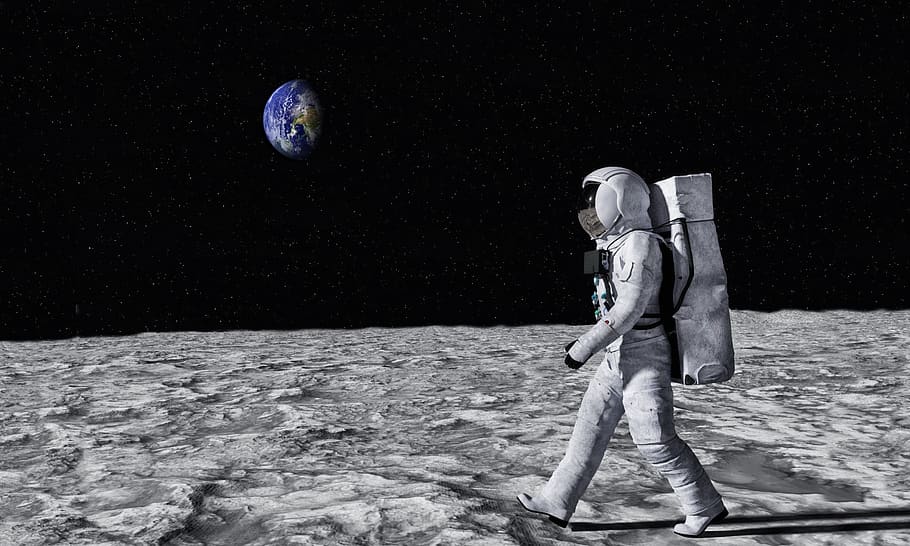SpaceX Dragon ‘Endurance’ to Carry All-International Crew-7 for Launch to the Space Station
On August 26, 2023, a historic event took place in the realm of space exploration. Four astronauts from four different countries embarked on a journey together to the International Space Station (ISS). Led by commander Jasmin Moghbeli of NASA, pilot Andreas Mogensen of ESA, and mission specialists Satoshi Furukawa of JAXA and Konstantin Borisov of Roscosmos, the crew launched aboard SpaceX’s Crew Dragon spacecraft “Endurance” as part of the Crew-7 mission.
The launch took place at 3:27 a.m. EDT from Pad 39A at NASA’s Kennedy Space Center in Florida. The Crew Dragon spacecraft was propelled into space by a SpaceX Falcon 9 rocket. The astronauts are expected to arrive at the ISS on Sunday at 8:39 a.m. EDT.
Once the Crew Dragon “Endurance” docks to the Harmony node of the ISS and the hatches are opened, Moghbeli, Mogensen, Furukawa, and Borisov will join the ongoing 69th expedition led by Roscosmos cosmonaut Sergey Prokopyev. This will temporarily increase the number of crew members on the ISS to 11 individuals. The other members joining the crew are Frank Rubio, Stephen Bowen, and Woody Hoburg from NASA, UAE astronaut Sultan AlNeyadi, and Roscosmos cosmonauts Dmitry Petelin and Andrey Fedyaev.
After their mission on the ISS, Rubio, Bowen, AlNeyadi, and Fedyaev are scheduled to return to Earth on SpaceX’s Crew Dragon “Endeavour” on September 2, weather permitting. On September 15, Russia’s Soyuz MS-24 spacecraft will arrive with Roscosmos cosmonauts Oleg Kononenko and Nikolai Chub, along with NASA astronaut Loral O’Hara.
Following the departure of Soyuz MS-23 on September 27, which will bring Prokopyev and Petelin back to Earth, Expedition 70 will commence aboard the ISS. This will mark the end of Prokopyev’s six-month mission and Rubio’s record-setting 371-day stay in space.
Moghbeli, Mogensen, Furukawa, and Borisov are set to stay on the ISS for six months until February 2024. During this time, they will engage in a high number of scientific investigations, contribute to the maintenance of the space station, and oversee the arrival of visiting vehicles, potentially including Japan’s first HTV-X.
The international composition of the Crew-7 mission is a significant milestone in space exploration. Prior to this mission, only the 2001 NASA space shuttle mission STS-100 had crew members representing four different nations. However, other shuttle flights had equal or more diversity if dual-citizenship crew members were considered.
The crew members of Crew-7 are proud to represent the spirit of international cooperation and collaboration. Commander Moghbeli emphasized the importance of working together harmoniously to achieve great things. Pilot Mogensen also highlighted the lessons learned through international partnerships and the power of cooperation.
Each astronaut brings a unique background and experience to the mission. Moghbeli, born in West Germany to Iranian parents who emigrated to the United States, is a member of NASA’s 22nd group of astronauts. Mogensen became the first Danish person to travel into space in 2015 and is now the first ESA astronaut to pilot a U.S. commercial crew spacecraft.
Furukawa, a medical doctor with a doctorate in philosophy, previously served on Expeditions 28 and 29 in 2011. Borisov is a new addition to the cosmonaut corps and is the third Russian to fly on a SpaceX Dragon spacecraft.
Crew-7 is an important mission for SpaceX as well. It marks the company’s seventh crew rotation for NASA, eighth crewed spaceflight in support of the U.S. space agency, and the 11th human spaceflight in SpaceX’s history. The Dragon Endurance spacecraft, which carried Crew-7 to the ISS, has previously flown Crew-3 and Crew-5 missions.
As the Crew-7 mission unfolds, the world eagerly anticipates the scientific discoveries, technological advancements, and international collaboration that will arise from this historic journey. The crew’s commitment to working together in harmony serves as an inspiration for the future of space exploration and the limitless possibilities that lie beyond Earth’s atmosphere.
